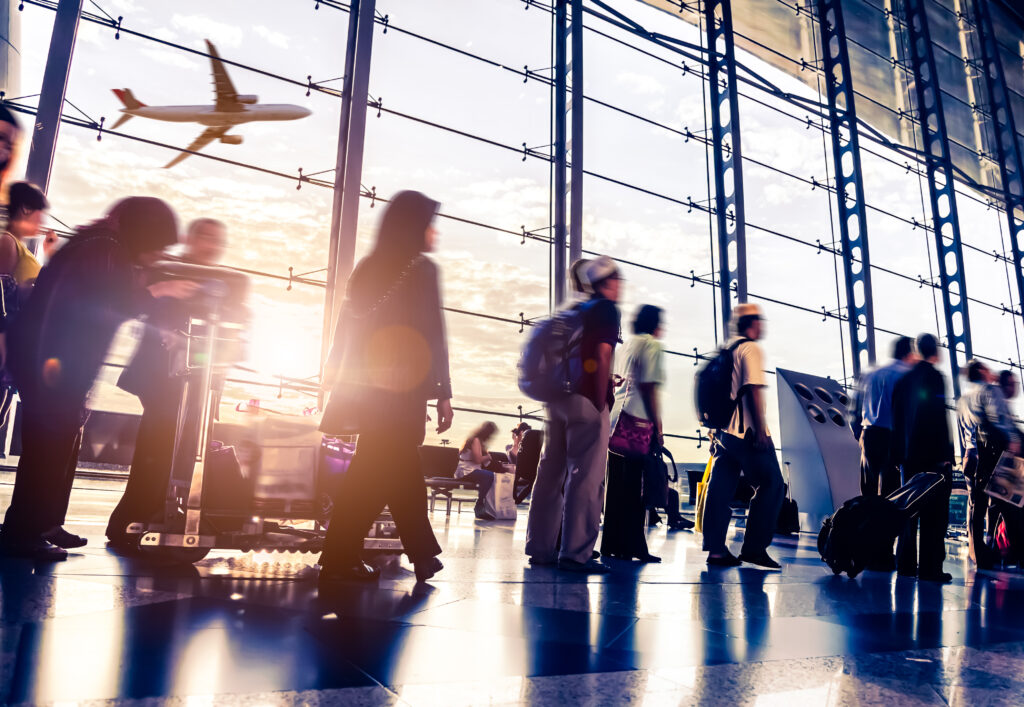Australia has witnessed a rise in student visa rejections following the government’s release of its Migration Strategy in December 2023.
This new policy, aimed at enhancing the quality and integrity of the nation’s educational offerings, introduced stringent visa criteria and updated application procedures. Consequently, there’s been an uptick in denied student visa applications, with some universities also withdrawing enrolment offers in anticipation of potential issues. These developments have sparked concerns among international students and educational institutions alike.
We break down the reasons behind the increase in visa rejections, the impact on students and universities, and some of the measures being taken to address these concerns.
Why are student visa rejections on the rise?
There are a number of factors contributing to the rise in student visa application rejections. Firstly, the Australian government has implemented stricter migration policies to tackle the housing crisis and ensure the credibility of its international education sector. As a result, there’s a greater emphasis on the Genuine Student criterion, requiring applicants to provide more substantial proof of their intent to study. Additionally, the requirements for English language proficiency have been tightened, with higher test scores now necessary for application approval. Furthermore, prospective students aiming to enrol at universities classified as “higher-risk” are subjected to more rigorous examination. These measures have collectively contributed to the rising number of visa application rejections.
What is a “high-risk” university?
The Department of Home Affairs in Australia has implemented a three-level grading system to assess the risk associated with educational institutions, focusing on visa cancellations and fraud rates among other criteria. This system places universities into categories: level 1 indicates the lowest risk, while levels 2 and 3 signal higher risk. As it stands, 17 universities are classified as level 2 and one as level 3.
Applicants aiming for universities rated at the higher risk levels (2 or 3) are required to provide additional evidence with their visa applications. The purpose behind this enhanced scrutiny is to ensure that visa applicants to these institutions undergo a thorough review process. This results in extended processing times and raises the possibility of application rejection.
How is this impacting students and universities?
Some universities are navigating these challenges by taking preventive measures. Anticipating potential visa rejections, some institutions are choosing to retract enrolment offers or advising students to withdraw. This is a move driven by the concern that a high volume of visa rejections could affect their risk rating, categorising them as higher-risk institutions.
Like with any form of rejection, unsuccessful student visa applications and withdrawn university offers can heavily impact students. Not only can this cause emotional distress, panic, anxiety and the stress of uncertainty, but it can also place a financial burden due to a loss of application fees or the cost of appealing to the Australian Administrative Appeals Tribunals (AAT).
What’s being done to address this?
The education sector and advocacy groups are working hard to tackle these issues, including lobbying for clearer guidelines and fairer visa assessment processes. The Australian Association of Education Representatives of India has also launched a petition aimed at the Home Affairs minister and Education minister addressing concerns of potentially unfair visa rejections or delays.
The sector is actively seeking reforms to make the process more transparent and fair for international students.
Where can I get updates and support?
Stay informed about visa policies and processing times from reliable sources such as the Department of Home Affairs and Study Australia. It’s also a great idea to contact support services from your education provider including their international student body and registered migration agents.
Insider Guides will keep you informed with the latest updates as they become available.





